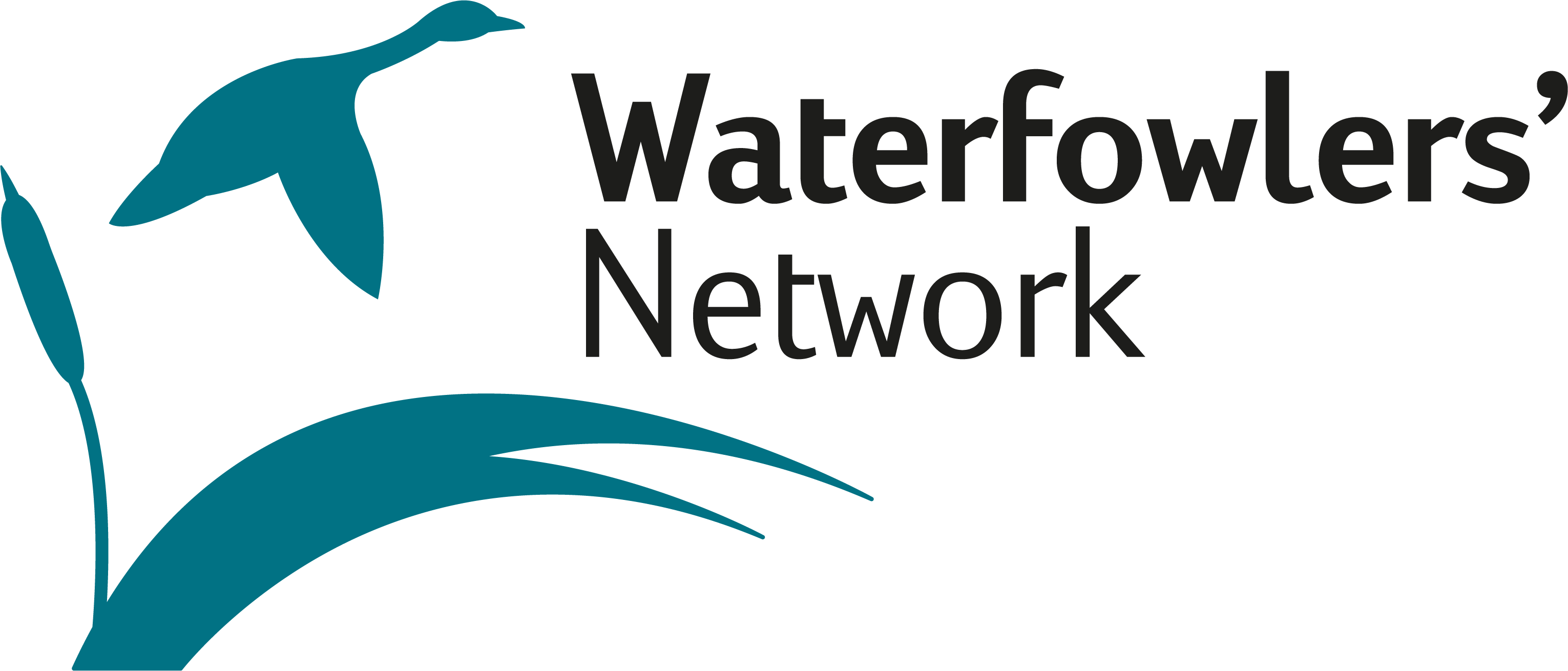Identification of Taiga and Tundra Bean Geese 24th April 2020
Even experienced waterfowlers find separation of Taiga and Tundra Bean Geese challenging. The two subspecies breed in different habitats, but they often appear together during winter and on migration, and they look very similar. A newly published identification guide offers useful aid for subspecies identification.
By Iben Hove Sørensen, Waterfowlers' Network
Whereas Taiga Bean Goose (Anser fabalis fabalis) has been one of the few declining goose populations in the Western Palearctic, the population of Tundra Bean Goose (Anser fabalis rossicus) has been stable or increasing. This calls for different management strategies for the two populations, and the separation of subspecies in bag records, as well as in bird counts, is of great importance.
The Taiga Bean Goose has its own international action plan, and also has its own Task Force under the AEWA European Goose Management Platform. A group of dedicated stakeholders from various range states arrange several online meetings a year to discuss how to implement important conservation measures according to the action plan.
The newly published identification guide is a product originating from this Task Force, and the main aim is to help birdwatchers and hunters tell the difference between Taiga and Tundra Bean Geese under field conditions as well as when handling shot geese.
Because the Taiga Bean Goose occurs in many different countries, the identification guide has been published in several languages. The original version was in English, and so far, it has been translated into Ukrainian, Finnish, and Danish. A great result made possible only by the cross-border cooperation facilitated by the AEWA European Goose Management Platform.
